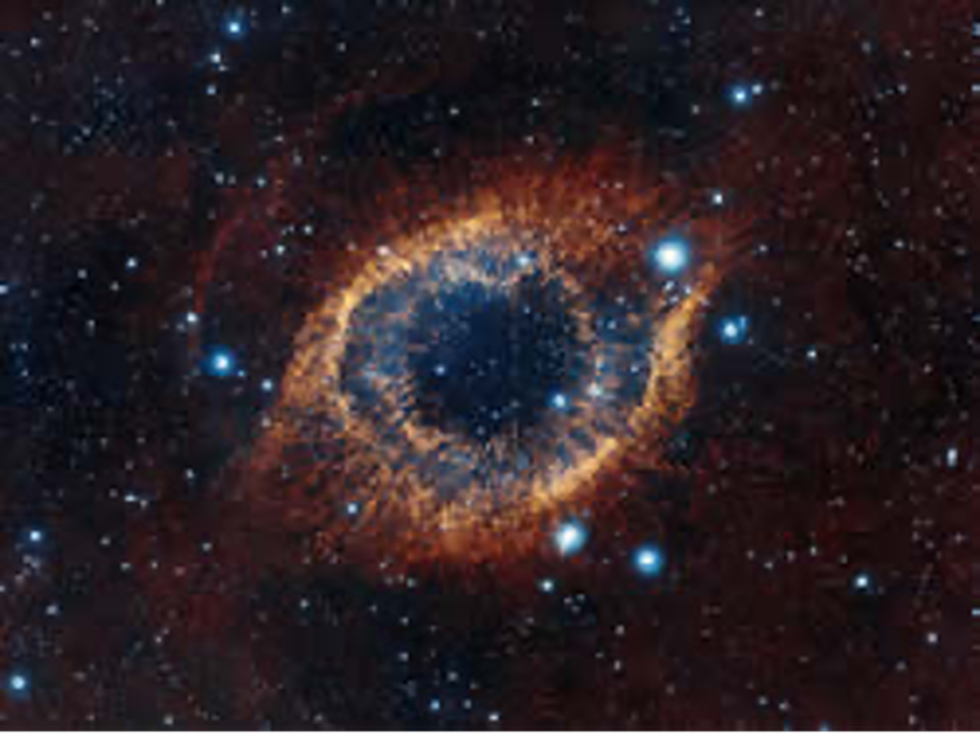Why in News?
- The Researchers have used the James Webb Space Telescope to prove that even complex prebiotic molecules, which are precursors to the building blocks of life, can be formed in the depths of cold, dark molecular clouds.
About Molecular clouds
- What is it? It is an interstellar cloud of gas and dust in which molecules can form, the most common of which is hydrogen (H2). These clouds have very low temperatures of just 10 to 30 kelvin.
- The size of these clouds can be from a few light years up to 600 light years. Their total mass can reach several million solar masses.
- Molecular clouds with dimensions of more than about 15 light years are also called giant molecular clouds.
- The central regions of these clouds are completely hidden from view by dust. We are able to look into the core of these clouds using radio or infrared wavelengths.
- They are the raw material of stars and planets. These clouds do not last for a very long time.
- After the new stars are born, their solar winds blow away the remaining gas and dust. Only a fraction, about 10%, of the original material of the molecular cloud gets locked up in stars and planets.
What is a dark nebula (or dark cloud)?
- It is a very dense part of a bigger molecular cloud.
- The light extinction is caused by the high density and the presence of interstellar dust in these clouds.
- These are the regions where new stars are forming. They mainly consist of hydrogen and dust particles which are needed to form new star systems with stars and planets.
What is a Solar Mass?
- A solar mass is the mass of the sun.
- It is 989 x 10^30 kilograms — about 333,000 Earths.
